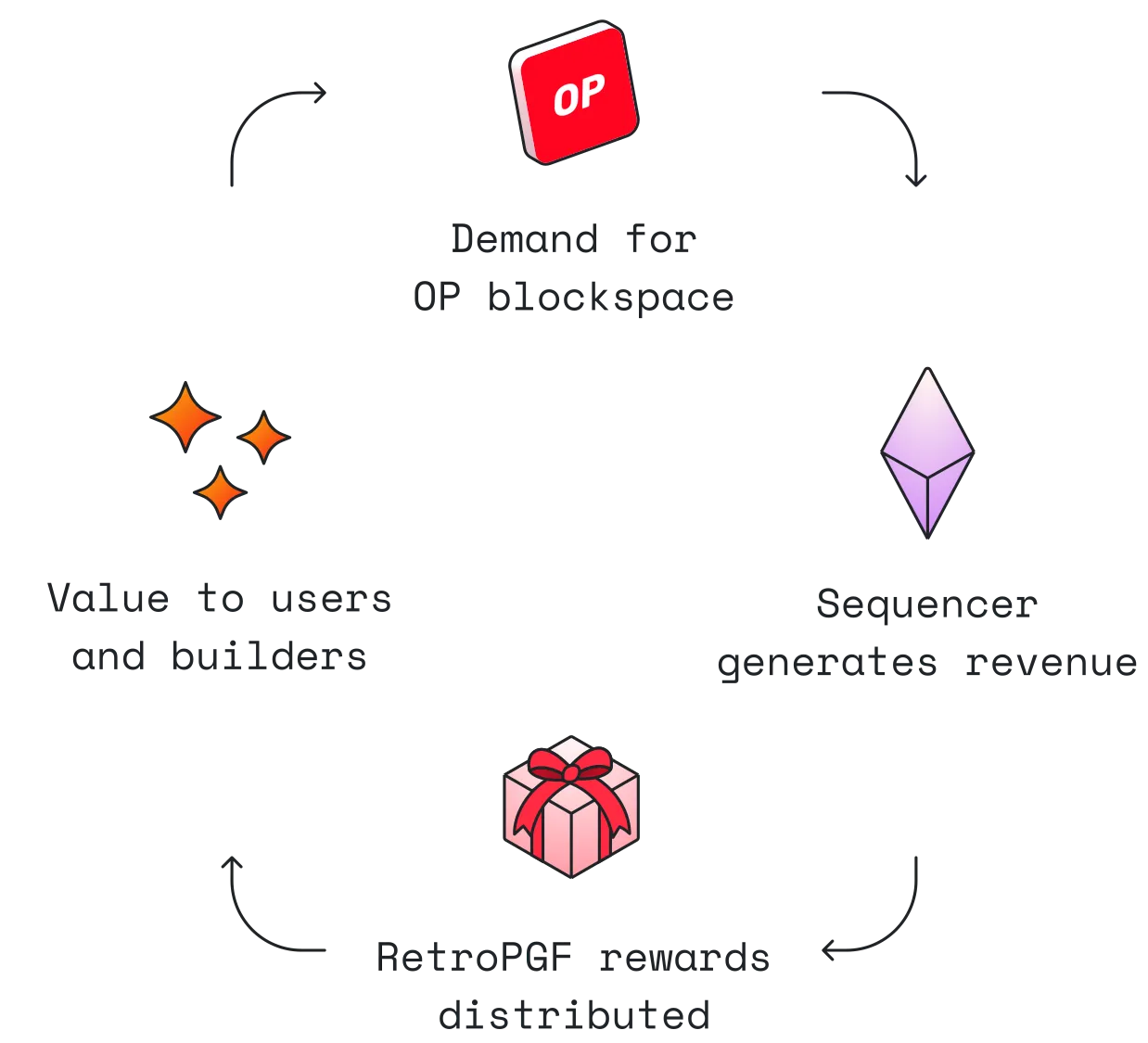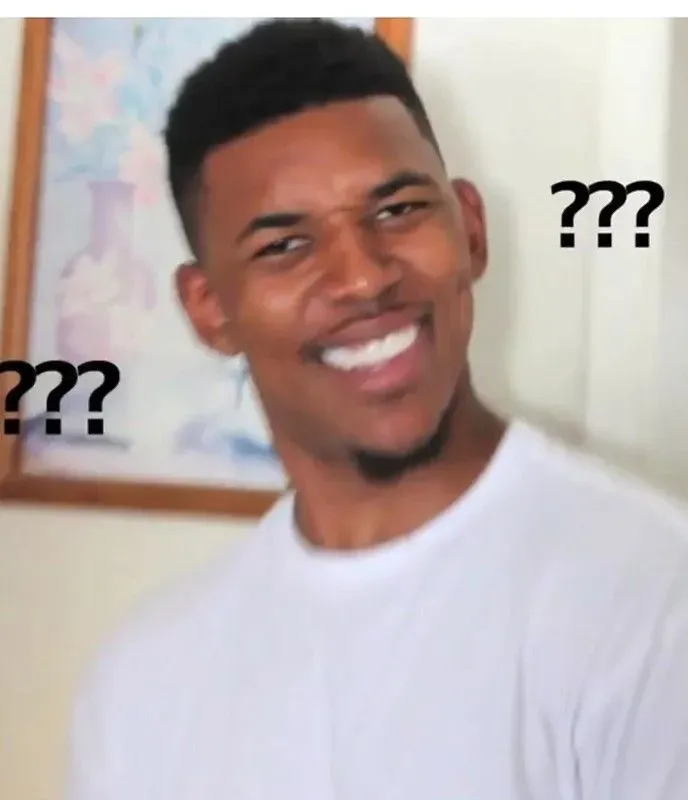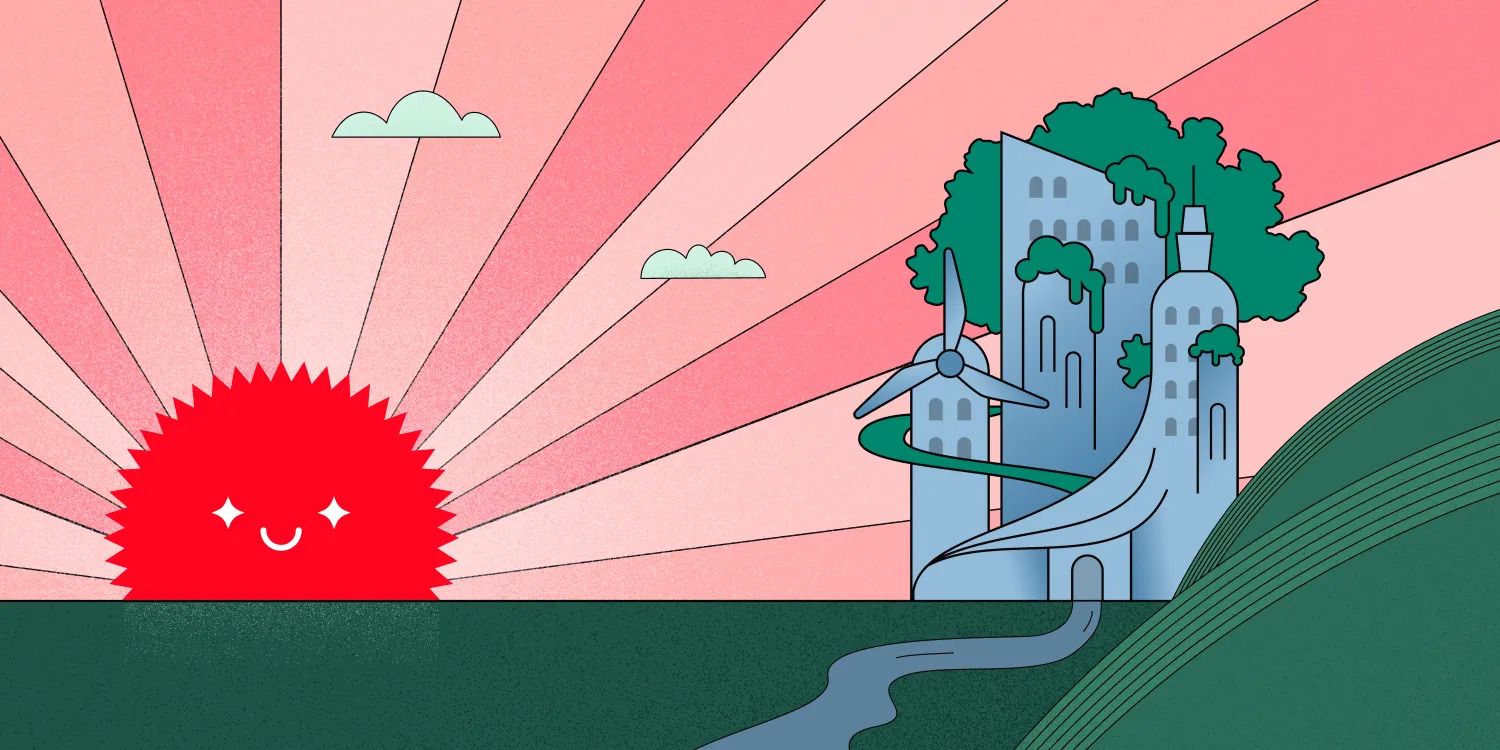RetroPGF, courtesy of Optimism (Yep, that cool Layer 2 scaling solution for Ethereum that kicked off in January 2021), stands out as a remarkable initiative that retroactively rewards creators and maintainers of public goods. It underscores a simple yet impactful principle: Contribute valuable tools and solutions to the extensive Ethereum community, and in return, receive due recognition and financial reward.
You might be doing a double-take if this is your first time hearing about it. "Hold on... I can create things without the immediate promise of profit?" Spot on! That's the heart of Retroactive Public Good Funding: acknowledging and compensating impactful endeavours.
It might have that "too good to be true" ring to it, but rest assured, it's the real deal. Keep reading to see for yourself.
In this guide, we’ll talk about:
What are Public Goods?
I'll skip the lengthy discourse on the ins and outs of goods and the intricate details that qualify them as 'public'. Trust me, I'll be straight to the point – there's a sea of articles out there if you want a deep dive. However, to grasp RetroPGF, it's essential to have a basic understanding of what a public good is.
The Four Types of Goods
Remember those economics lectures that might've had you yawning? If you managed to stay tuned in, you'd have heard about goods being sorted using two markers: excludability and rivalrousness. This breaks down into four main categories: private goods, public goods, common resources, and club goods.
Excludability is all about how much a product or service is restricted just to those who pay up. Take cable TV for example – it's got high excludability. Why? Because only those who cough up the cash get to enjoy it.
On the other hand, rivalry in consumption measures how one person's use of a product stops another from doing the same. Think of an apple: it has high rivalry in consumption. If one person bites into it, another can't munch on that exact same piece.
What's the Deal with Public Goods?
Public goods are those unique items that aren't restricted by excludability or rivalry. This means anyone can use them without depleting their availability (that's the non-rivalrous bit). Plus, you can't really stop someone from using them either (making them non-excludable). Now, contrast this with private goods. Those are typically limited in supply and people pay individually to get them.
Examples? Think about things like security, education, knowledge, roads, the environment, and health. These are classic public goods. National defence is a prime example: you can't just protect paying customers from threats; it's an all-or-nothing deal. And one person being safeguarded doesn't take away from another's protection. Simple, right?
ℹ️Is Ethereum a public good?
My take is: in many ways, yes. Ethereum's programmable money system mirrors how the early internet reshaped information sharing. Plus, there's no exclusive club—anyone can jump in and use Ethereum. And just because you're on board doesn't mean I'm left out in the cold. Everyone's welcome to use Ethereum.
The Optimistic Vision and Public Goods
Public goods come with an economic challenge termed the free-rider problem. In simple terms, if a good is freely available to everyone, what's the incentive for individuals to pay for it? Due to this dilemma, governments often intervene, providing funding for these goods. Their involvement ensures that crucial services or resources, which might not be profitable in the traditional sense, continue to be available to society.
But what's the situation with web3? Without government support to fund these public goods, how can we ensure continued contributions and maintenance of these goods, like open-source software?
This is where the Optimistic Vision enters the picture. It might take a moment to fully grasp, but at its core, the idea is: "Impact equals Profit". Optimism rakes in significant revenue, and it's set on rewarding those who foster and uphold public goods.
The Optimistic Vision operates on a straightforward principle: as user engagement with Optimism grows, so does the revenue from transaction fees on the Optimism network. A slice of these earnings is then directed towards those who construct meaningful public goods infrastructure. This model ensures continuous improvement of the network, as brilliant minds can focus on developing excellent tools without the constant pressure of profitability. As the onchain infrastructure becomes more valuable, the demand for Optimism's block space swells. This, in turn, boosts the appeal of the network, attracting more users. As the user base expands, so does the revenue from transaction fees, perpetuating the cycle of rewarding those invaluable builders.

Diving into Retroactive Public Goods Funding
Having established a foundation on public goods, it's time to delve into the specifics of RetroPGF and its workings.
The Essence of RetroPGF
Retroactive public goods funding (RetroPGF) is Optimism’s process for funding public goods for the benefit of the Collective and beyond.
RetroPGF presents a groundbreaking method to sponsor public goods. Instead of prospective funding, it allocates resources based on the tangible impact builders have already made in the ecosystem. These public goods include things like open-source software, infrastructure, tooling, education, and utilities.
🤨 Wondering about the funding source? It's partly drawn from the network's revenue. Each time a user engages in a transaction on OP Mainnet, the ensuing profits from network sequencing are channeled to support public goods via RetroPGF.
Previously, our team was providing free courses to the community without a stable income. RetroPGF allowed us to retain our team and continue to build more courses. - Head of Content, Cryptozombies
How does it work?
To begin with, it's vital to note that this is an experimental approach, adapting and changing as time progresses. At its core, the belief is that distributing funds retroactively is more straightforward. When looking back, assessing the worth of a project becomes clearer compared to allocating resources based on predictions of a project's future value.

RetroPGF 1 kicked off in October 2021, functioning as a minimum viable product (MVP). A group of 24 "badge holders" – comprising 8 Optimists and 16 Ethereum community enthusiasts – took the helm to allocate $1m to projects within the Optimism/Ethereum sphere. This initiative primarily targeted support for endeavors that had already commenced.
Come early 2023, the initiative saw its second iteration: RetroPGF 2. This round honed in on financing public goods that furthered the development and utilization of the OP Stack. In a collective effort, 68 badge holders distributed a sum of 10M OP across 195 deserving projects.
The latest round, RetroPGF3 took place in January 2024. A whopping 30 million OP was awarded to the diligent builders, inventive creators, and dedicated educators who have significantly contributed to the Optimism Collective's growth. Over 500 projects and individuals were awarded a share of the 30M OP.
RetroPGF has made it possible to work on public goods without needing to convince people to provide funding from the get go. Instead I am able to work on what I think will provide the most value and get rewarded if others agree. - Rosco, Revoke.Cash
RetroPGF 4
RetroPGF4 is the fourth round of Retroactive Public Goods funding and is set to take place during the summer of 2024.
How to participate in RetroPGF 4
Just stumbled upon RetroPGF and haven't dived into crafting something cool and useful? Check out the Ecosystem Contributions board to discover a project that resonates with you.
Got a unique idea brewing? Dive right into building! Any contribution aligning with the aforementioned categories is welcome and eligible.
Stay in the loop and avoid missing crucial deadlines by subscribing to the RetroPGF newsletter.
Time to BUILD!

Wait… what? Are you still scrolling through this guide? Don't let another moment slip by; dive in and BUIDL something exceptional!
Got queries or feedback? Drop me a line on Twitter.

Article by
Maxime ServaisI'm a Software Developer and Tech Writer over at Ethereum Ecosystem. Basically, I make sure everything we cook up is top-notch and awesome!
